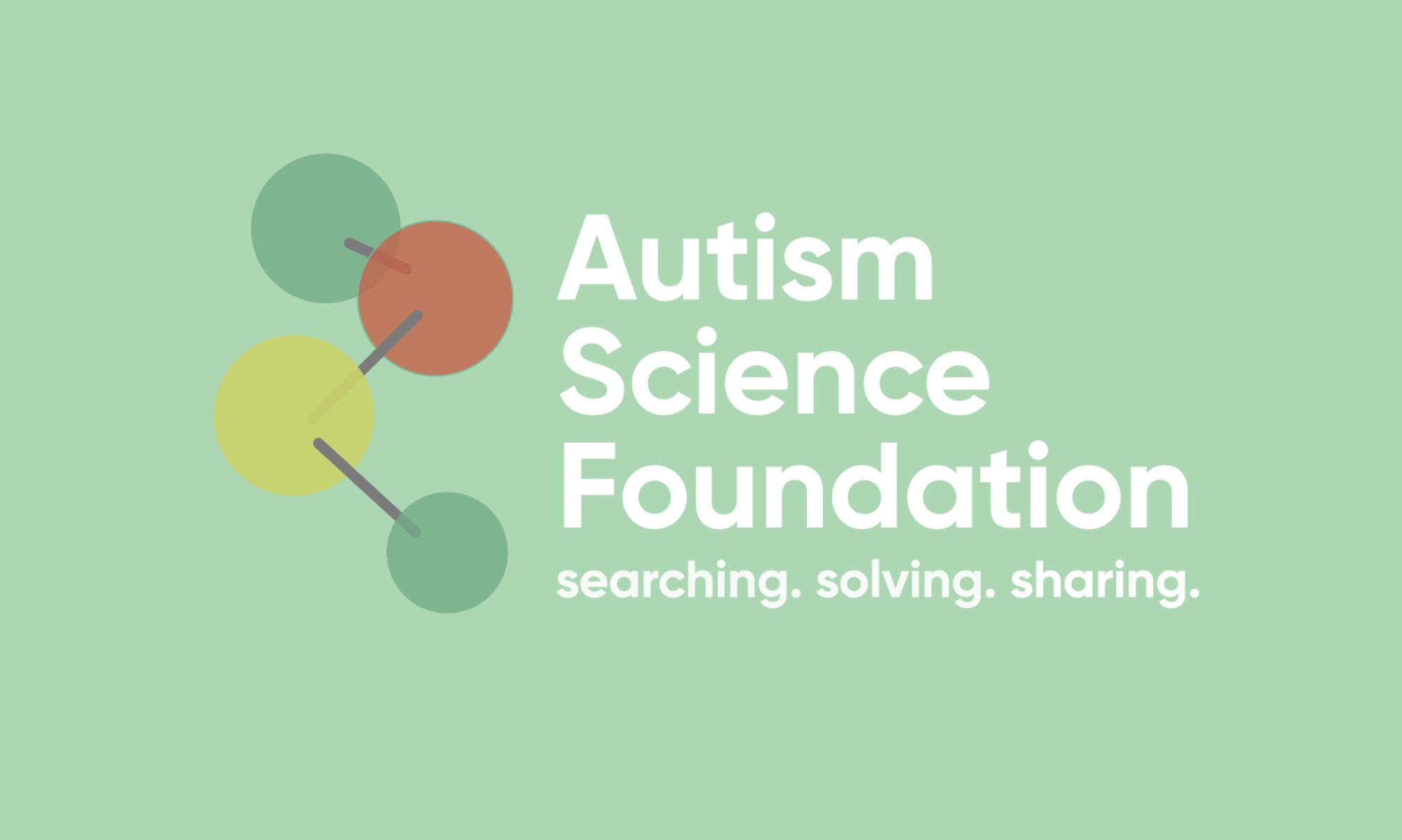Podcast: Play in new window | Download
Subscribe: RSS
This week’s podcast summarizes a new neural stem cell study and a recent review article on IGF-1 treatment in developmental disorders. IGF stands for Insulin Growth Factor and is essential for generation of new neurons, and shaping and health of existing neurons. Patients with autism spectrum disorder are already starting to be treated with IGF-1, and now there is even more evidence validating it as a target. If you are interested in participating in a research trial at Mt. Sinai School of Medicine using IGF-1, call the Seaver Center at 212-241-0961.


